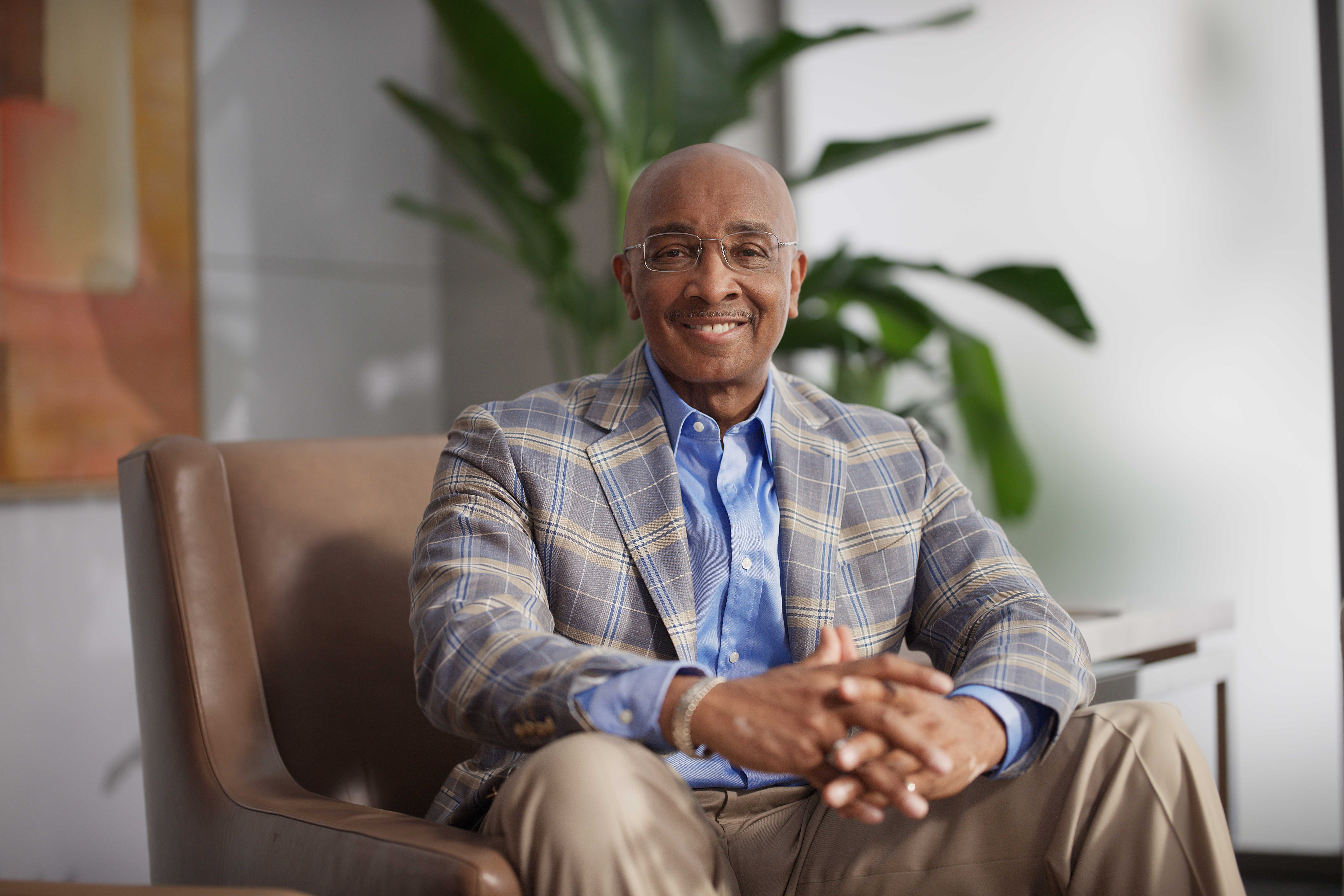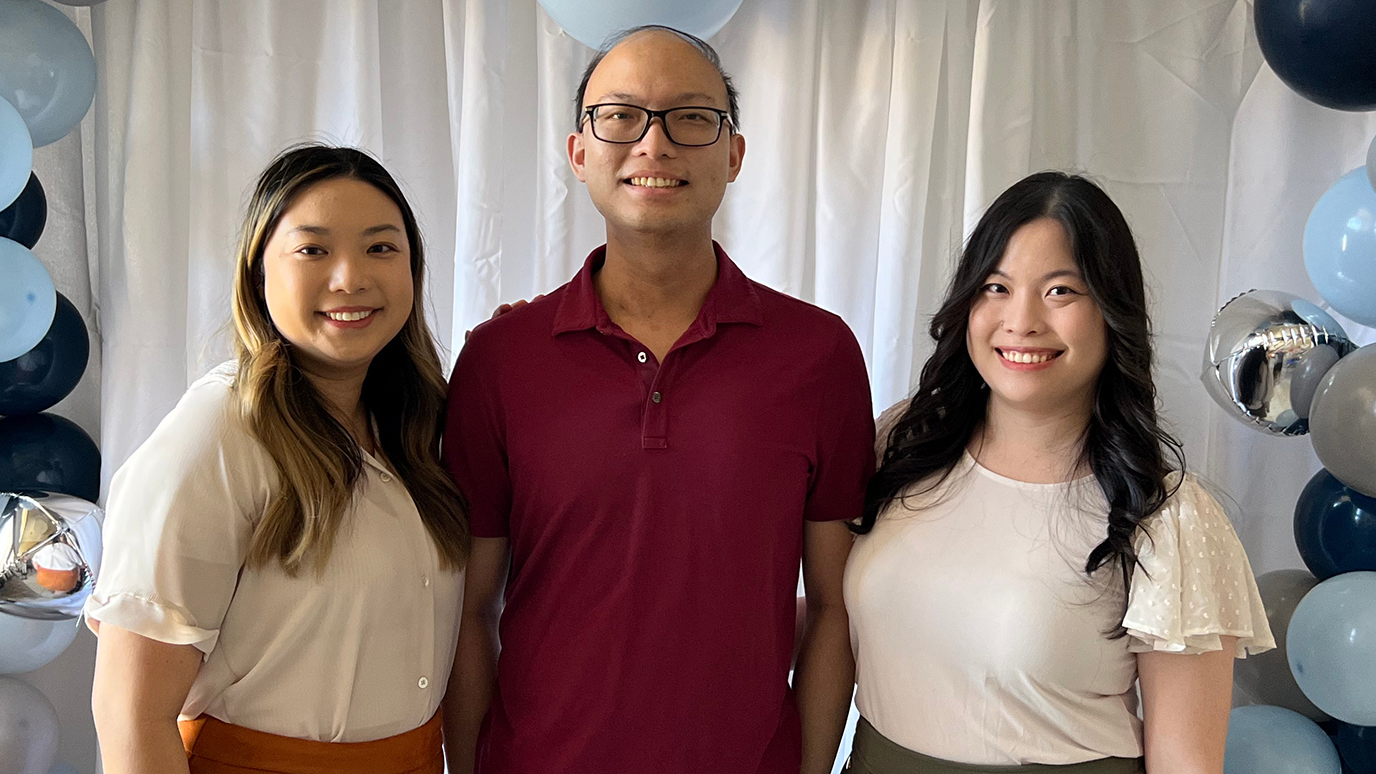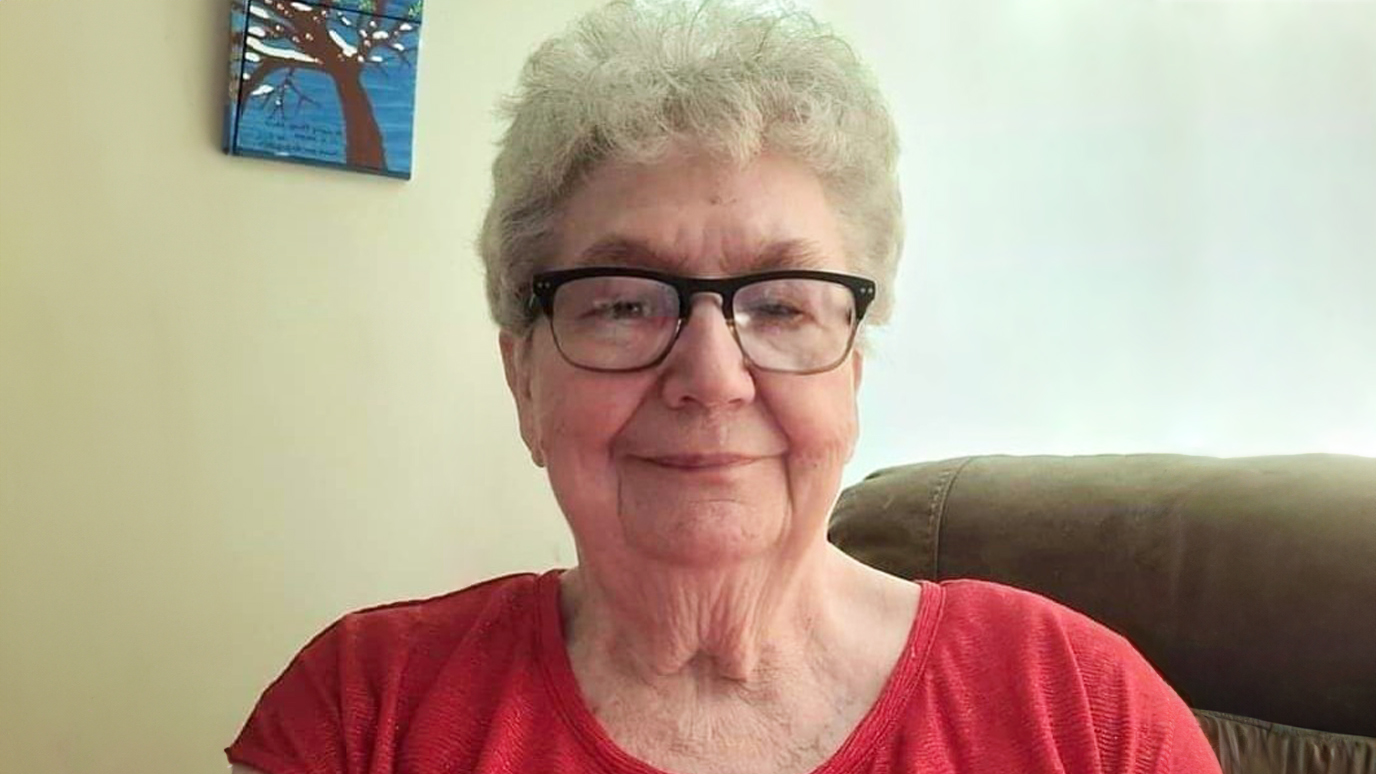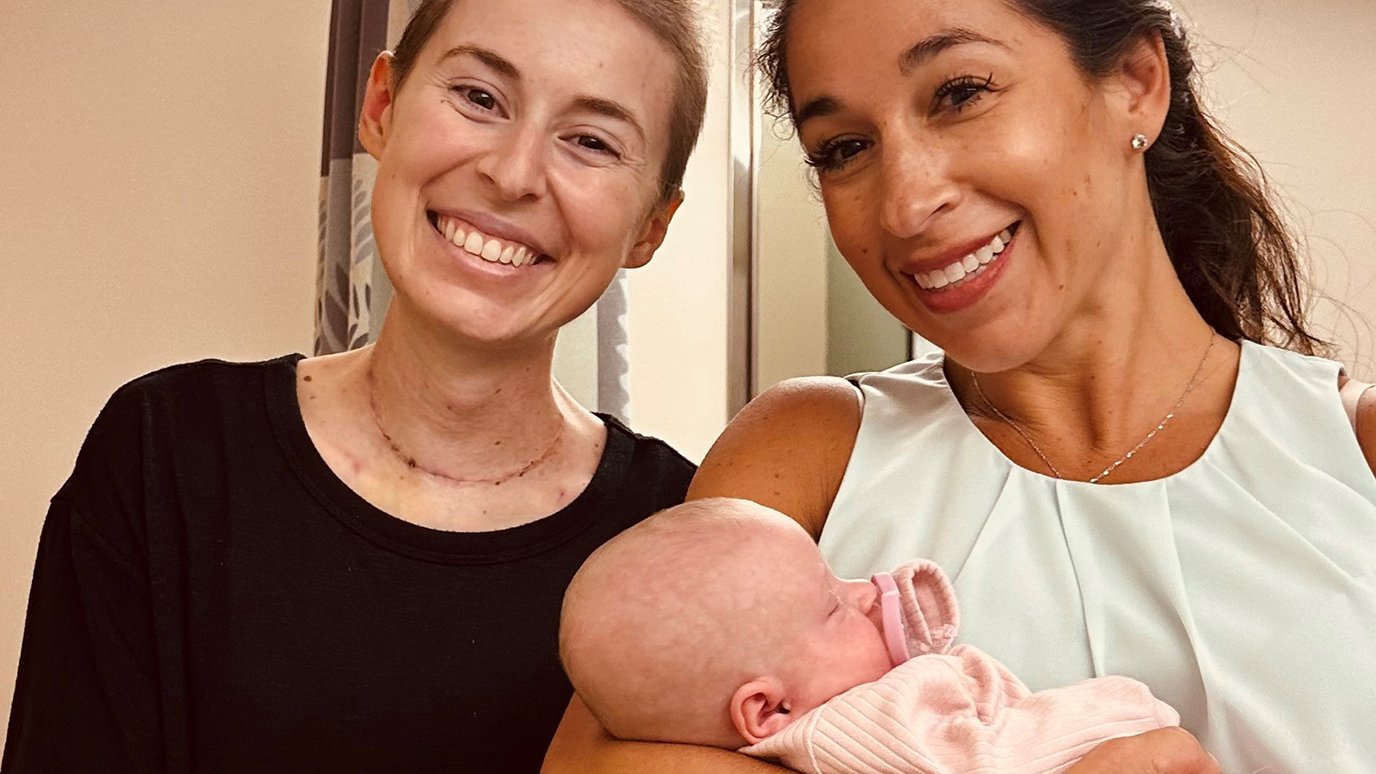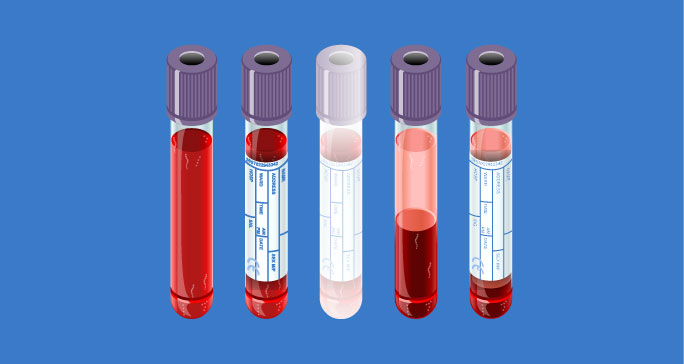- Diseases
- Acoustic Neuroma (14)
- Adrenal Gland Tumor (24)
- Anal Cancer (68)
- Anemia (2)
- Appendix Cancer (16)
- Bile Duct Cancer (26)
- Bladder Cancer (72)
- Brain Metastases (28)
- Brain Tumor (232)
- Breast Cancer (714)
- Breast Implant-Associated Anaplastic Large Cell Lymphoma (2)
- Cancer of Unknown Primary (4)
- Carcinoid Tumor (8)
- Cervical Cancer (158)
- Colon Cancer (166)
- Colorectal Cancer (116)
- Endocrine Tumor (4)
- Esophageal Cancer (44)
- Eye Cancer (36)
- Fallopian Tube Cancer (8)
- Germ Cell Tumor (4)
- Gestational Trophoblastic Disease (2)
- Head and Neck Cancer (12)
- Kidney Cancer (128)
- Leukemia (342)
- Liver Cancer (50)
- Lung Cancer (286)
- Lymphoma (278)
- Mesothelioma (14)
- Metastasis (30)
- Multiple Myeloma (100)
- Myelodysplastic Syndrome (60)
- Myeloproliferative Neoplasm (4)
- Neuroendocrine Tumors (16)
- Oral Cancer (100)
- Ovarian Cancer (172)
- Pancreatic Cancer (160)
- Parathyroid Disease (2)
- Penile Cancer (14)
- Pituitary Tumor (6)
- Prostate Cancer (146)
- Rectal Cancer (58)
- Renal Medullary Carcinoma (6)
- Salivary Gland Cancer (14)
- Sarcoma (238)
- Skin Cancer (296)
- Skull Base Tumors (56)
- Spinal Tumor (12)
- Stomach Cancer (64)
- Testicular Cancer (28)
- Throat Cancer (92)
- Thymoma (6)
- Thyroid Cancer (96)
- Tonsil Cancer (30)
- Uterine Cancer (80)
- Vaginal Cancer (16)
- Vulvar Cancer (20)
- Cancer Topic
- Adolescent and Young Adult Cancer Issues (20)
- Advance Care Planning (10)
- Biostatistics (2)
- Blood Donation (18)
- Bone Health (8)
- COVID-19 (362)
- Cancer Recurrence (120)
- Childhood Cancer Issues (120)
- Clinical Trials (630)
- Complementary Integrative Medicine (22)
- Cytogenetics (2)
- DNA Methylation (4)
- Diagnosis (232)
- Epigenetics (6)
- Fertility (62)
- Follow-up Guidelines (2)
- Health Disparities (14)
- Hereditary Cancer Syndromes (126)
- Immunology (18)
- Li-Fraumeni Syndrome (8)
- Mental Health (116)
- Molecular Diagnostics (8)
- Pain Management (62)
- Palliative Care (8)
- Pathology (10)
- Physical Therapy (18)
- Pregnancy (18)
- Prevention (914)
- Research (392)
- Second Opinion (74)
- Sexuality (16)
- Side Effects (604)
- Sleep Disorders (10)
- Stem Cell Transplantation Cellular Therapy (216)
- Support (402)
- Survivorship (320)
- Symptoms (182)
- Treatment (1786)
Personalized acute lymphoblastic leukemia treatment let me stay true to my faith
BY Ciara Toth
3 minute read | Published May 23, 2019
Medically Reviewed | Last reviewed by an MD Anderson Cancer Center medical professional on May 23, 2019
When I was diagnosed with acute lymphoblastic leukemia — a type of blood cancer — I knew that my case was going to be a tough one. As one of Jehovah’s Witnesses, I am not willing to accept whole blood products, and acute lymphoblastic leukemia treatment sometimes includes red blood cell/platelet transfusions and/or stem cell transplants. Compromising my faith has never been an option, so one of my first concerns was finding a hospital that would respect my wishes.
Acute lymphoblastic leukemia is a fast-growing, aggressive form of cancer, so I also knew I needed to act quickly. I wanted the best and most innovative care possible, and I knew I would get that at MD Anderson. Thanks to MD Anderson’s leukemia doctors and their willingness to be creative, I’m now in remission — and the bloodless protocol they developed for me is already helping other patients.
My personalized acute lymphoblastic leukemia treatment
As I understand it, conventional acute lymphoblastic leukemia treatment works by destroying a patient’s rogue marrow and blood cells with chemotherapy — a process that ends up killing many of their healthy blood and marrow cells, too. Often, patients receive blood transfusions until their own bone marrow can replenish itself with normal cells.
But because I don’t accept blood transfusions, that plan wasn’t going to work for me. So my doctors had to formulate a new one that would kill the cancer without taking me with it. They started by prescribing IV steroids to get my white blood cell count down and red blood cell and platelet growth factors to help my body generate new blood cells more quickly.
To treat the actual cancer, they recommended five rounds of chemotherapy using a combination of vincristine, dexamethasone, and peg asparaginase, which doesn’t suppress bone marrow function, along with eight doses of a targeted therapy drug called rituximab, and eight doses of chemotherapy administered directly into my spinal fluid.
After that, they added another targeted therapy drug called blinatumomab. It was already being used to treat patients with relapsed acute lymphoblastic leukemia, but not as the initial treatment. My doctors felt I had a higher chance of staying in remission if we used it from the start, so they obtained permission from my insurance company to try it. And so far, so good.
Why my leukemia treatment continues
Leukemia is a bit of a beast, and the chances of it coming back are super high if you stop after only one cycle of chemotherapy. That’s why I’m still in treatment even after achieving remission. Once I finished all five rounds of the first four chemotherapy drugs in May 2018, I started a maintenance regimen using a different combination: mercaptopurine, methotrexate, vincristine and prednisone (sometimes called “POMP”). I’ll continue taking it until the summer of 2020.
One of the coolest things about my unique treatment is that it has already directly benefited one of my friends. He was diagnosed with the exact same type of cancer I had just a few months after I was. He, too, was interested in receiving bloodless treatment, but his doctors were very apprehensive and really didn’t know where to begin. My doctors stepped in and kindly shared their expertise with his care team. And as a result, my friend is now receiving the same treatment I am, and is also in remission. I think that really speaks to the cooperative spirit of MD Anderson.
Nothing about my treatment has been conventional. But I’ve always believed that some of life’s sourest lemons make the best lemonade. So if my experience can relieve even the tiniest bit of anxiety for other patients — and allow them to stay true to their faith as well — then I’m happy to share.
Request an appointment at MD Anderson online or by calling 1-866-478-3966.
Related Cancerwise Stories

Some of life’s sourest lemons make the best lemonade.
Ciara Toth
Survivor

